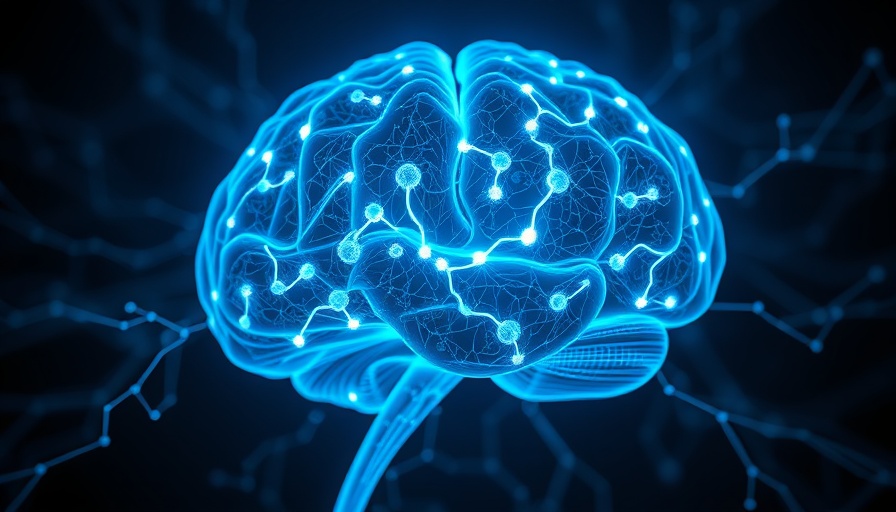
Revolutionizing Neurodegenerative Disease Treatment
Recent findings from Sophia Shi, PhD, reveal that a sugar-based protective layer, known as the glycocalyx, plays a crucial role in maintaining cognitive function. This groundbreaking research, published in Nature, suggests that restoring the glycocalyx can reverse age-related brain damage, rekindling hope in the fight against Alzheimer's disease and other neurodegenerative disorders.
The Battle Against Cognitive Decline
As we age, healthcare professionals and families alike face the grim reality of cognitive decline, particularly in senior populations. Traditionally, neurodegenerative diseases like Alzheimer's have been seen as inevitable outcomes of aging.
However, Dr. Shi's innovative approach introduces a fresh lens through which we can view these conditions. By focusing on the restoration of the glycocalyx, the research opens new avenues for therapies that target the root causes of cognitive decline.
A Deeper Dive into Glycocalyx Functionality
The glycocalyx is a crucial protective coating on brain blood vessels, acting like a shield that maintains blood-brain barrier integrity. When this layer deteriorates with age, it leads to dysfunction and inflammation, setting the stage for neurodegenerative diseases.
Dr. Shi's team has demonstrated that by restoring these sugar molecules in aged mice, they can improve barrier function and enhance cognitive abilities. This remarkable leap in understanding offers a new target for drug development and dietary interventions.
Historical Context and Background
The concept of the glycocalyx has been around for decades but was largely overlooked until now. Traditionally, research focused more on cellular aspects of aging rather than the surrounding environment.
Dr. Shi's work encourages us to consider not just the neurons themselves but also the external protective measures that can significantly alter brain health.
Challenges Faced in Research
Dr. Shi’s journey was filled with obstacles. The intricate nature of glycosylation made it difficult to study these sugar molecules using traditional biomedical approaches. Nevertheless, through innovative techniques like live-tissue imaging and complex computational models, she revealed the dynamic role of glycocalyx in real-time.
Future Predictions: Outlook for Aging Populations
This research could signal a paradigm shift in how we approach brain health in aging populations. With the potential restoration of the glycocalyx being a viable treatment route, we may witness an influx of new therapies aimed at enhancing cognitive function, improving the quality of life for seniors across the globe.
Call to Action for Community Awareness
Understanding the role of advancements in neurosciences such as glycocalyx restoration is vital for seniors, caregivers, and healthcare professionals. This breakthrough not only reminds us of the importance of ongoing research but also emphasizes the necessity for communities to stay informed about emerging developments in brain health.
 Add Row
Add Row  Add
Add 




Write A Comment